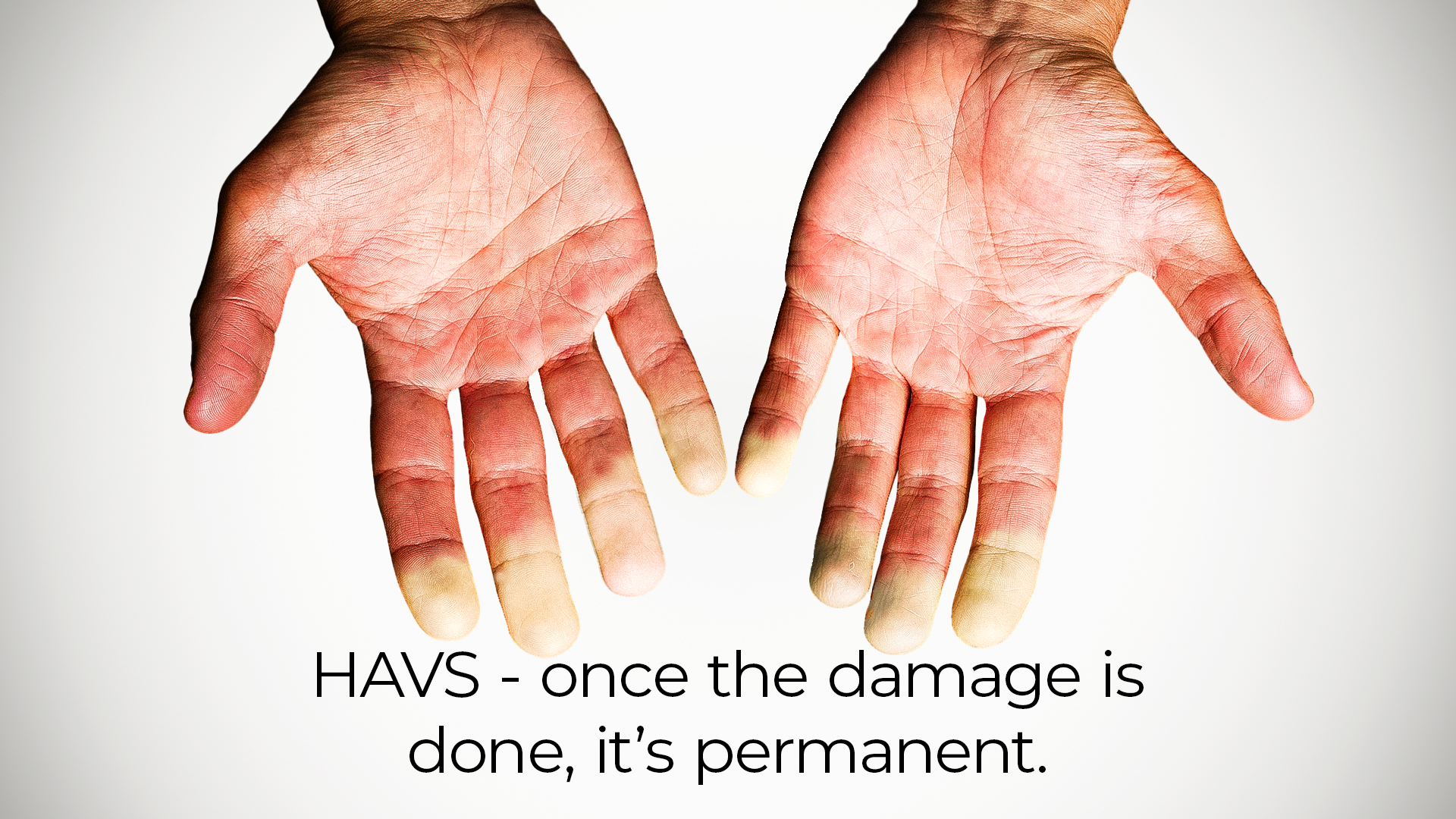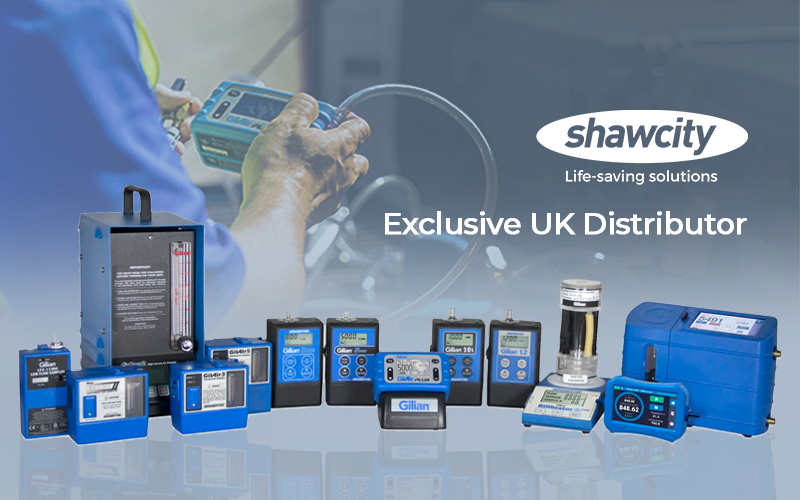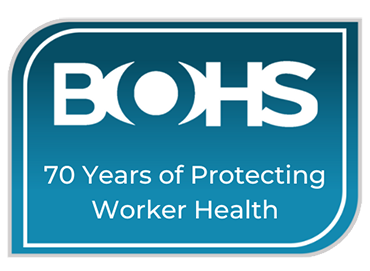What is HAVS?
Hand-Arm Vibration Syndrome (HAVS), also known as Vibration White Finger (VWF), is an occupational disease affecting individuals who use vibrating tools or machinery for extended periods. It is characterized by damage to blood vessels, nerves, and muscles in the hands and arms.
.png?width=5040&height=2835&name=New%20Design%20(28).png)
What are the symptoms of HAVS?
The most recognizable symptom is whitening of the fingers upon exposure to cold. However, HAVS can also cause:
- Numbness, tingling, or prickling sensations in the fingers and hands
- Pain in the fingers, hands, and forearms
- Reduced dexterity and grip strength
- Muscle weakness
- Joint stiffness
.png?width=1920&height=1080&name=New%20Design%20(27).png)
How does HAVS develop?
Prolonged exposure to high-frequency vibrations from tools and machinery damages blood vessels and nerves in the hands and arms. This damage leads to vasoconstriction (narrowing of blood vessels), reduced blood flow, and nerve dysfunction.
.png?width=5040&height=2835&name=New%20Design%20(29).png)
What tools and machinery can cause HAVS?
Any tool or machinery that transmits vibration to the hands and arms can potentially cause HAVS. This includes:
- Pneumatic tools: Hammers, drills, grinders, sanders
- Chainsaws
- Vibratory plates
- Hand-held power tools: Saws, drills, grinders
- Agricultural machinery
.png?width=5040&height=2835&name=New%20Design%20(30).png)
Who is at risk of HAVS?
Workers who use vibrating tools and machinery for extended periods are at highest risk. This includes:
- Construction workers
- Miners
- Forestry workers
- Mechanics
- Metalworkers
- Stonemasons
- Agricultural workers
Can HAVS be prevented?
Yes, HAVS is largely preventable. Here are some key steps:
- Limit exposure time: Reduce the duration of using vibrating tools.
- Take breaks: Regularly pause work and avoid gripping tools tightly.
- Use low-vibration tools: Choose tools with reduced vibration levels.
- Maintain tools properly: Regularly service and repair tools to minimize vibration.
- Wear gloves: Use anti-vibration gloves to absorb some of the vibrations.
- Stay warm: Cold temperatures can worsen HAVS symptoms.
.png?width=5040&height=2835&name=New%20Design%20(31).png)
Is there a cure for HAVS?
There is no cure for HAVS, but early diagnosis and management can minimize symptoms and prevent further damage. If you suspect you have HAVS, seek medical attention immediately.
Living with HAVS:
While there is no cure, there are ways to manage HAVS and improve your quality of life. This includes:
- Avoiding further exposure to vibration
- Medications to improve blood flow and reduce pain
- Physical therapy to improve hand function
- Lifestyle changes such as quitting smoking and staying warm
Remember:
HAVS is a serious occupational disease, but it is preventable. By understanding the risks and taking precautions, you can protect yourself and maintain your health and well-being.
This article provides a general overview of HAVS. For more specific information and professional advice, please consult with a healthcare professional or occupational health specialist.
Additional Resources:
- Health and Safety Executive (HSE): https://www.hse.gov.uk/vibration/hav/index.htm
For hand-arm and Whole-Body vibration monitoring equipment, the lets you get actionable real-time quantifiable data that protects workers and keeps you compliant with current UK regulations regarding vibration exposure - see our range here

-1.png)









